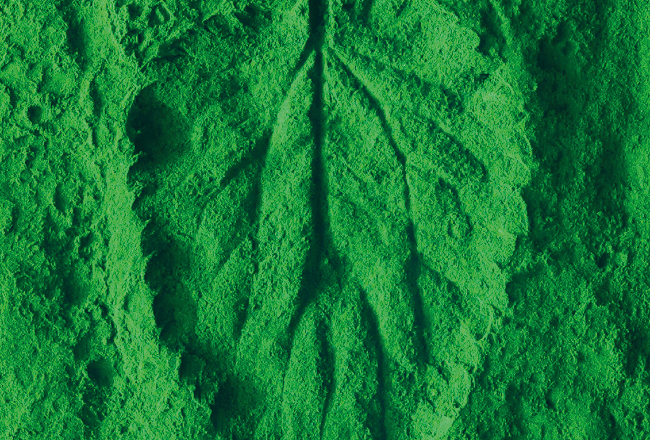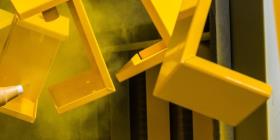
Measuring – and minimizing – our environmental footprint
Powder coatings can be one of the most sustainable types of coating technologies – but how can we demonstrate this?
At Covestro, we work to understand the environmental footprint of our powder-coating solutions and other products, as part of our commitment to sustainability.
In particular, we regularly conduct lifecycle assessments (LCAs). These studies assess the potential environmental impacts of products or processes over their entire lifecycle, including production, use, and end-of-life.
Our LCA methodology is based on standards and software including IPCC, ReCiPe2008, SimaProLCA, and ecoinventdatabase, and on work with independent third parties alongside our own internal LCA experts.
We recently conducted an LCA on several of our resins for interior and exterior powder coatings. While there are different coating solutions for different applications, this LCA defines the CO2 emissions of a 1mm-thick industrial coating applied on 1m2 of a flat metal substrate. It takes into account:
- The carbon footprint of the resin and coating manufacturing process (in terms of both raw materials and energy)
- The application of the coating on metal
- The release or incineration of any solvents
The LCA found that:
- Powder coatings based on our resins have some of the lowest carbon footprints compared to other industrial coating systems, reducing CO2 emissions by 10-15% compared with conventional solvent-borne coating systems
- Waterborne paints also produce a low carbon footprint
Innovating for even better LCA results
As well as measuring the impact of our powder-coating resins, we also set innovation targets to improve this impact. These innovations are based around:
- Reducing layer thickness
- Epoxy and hybrid replacement
- Lowering curing temperatures
- Faster curing
- Renewable raw materials
















